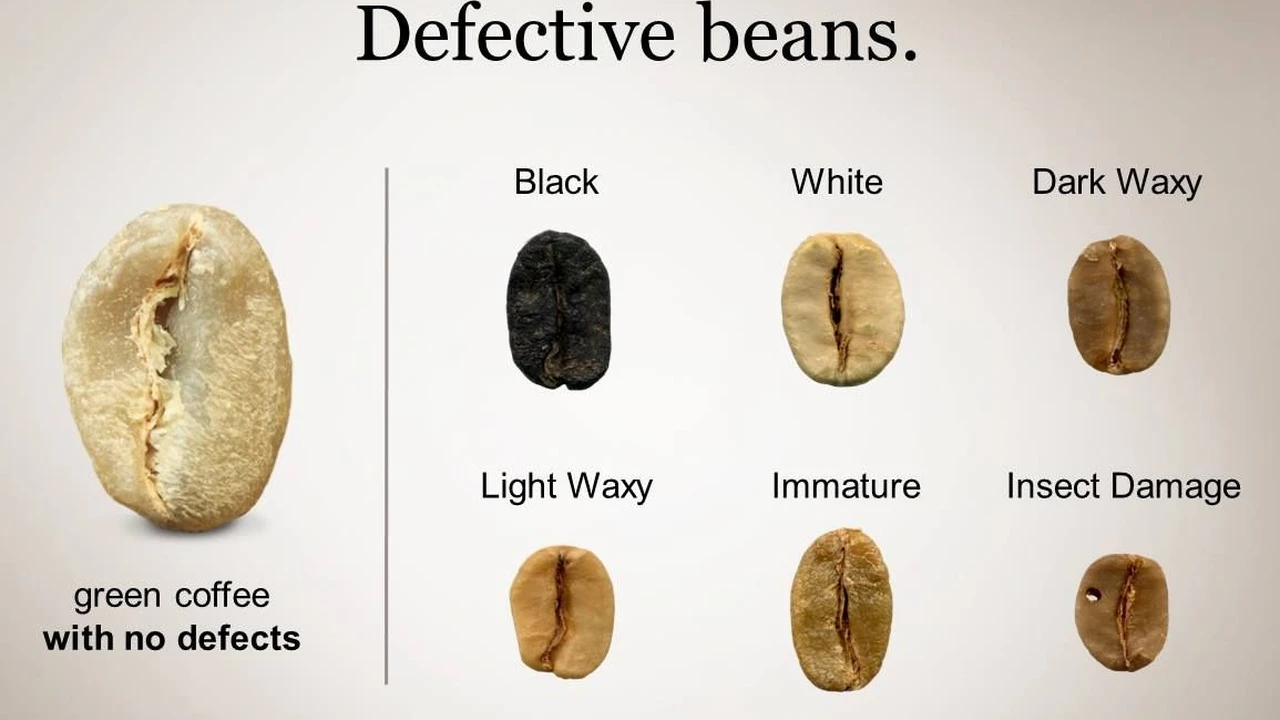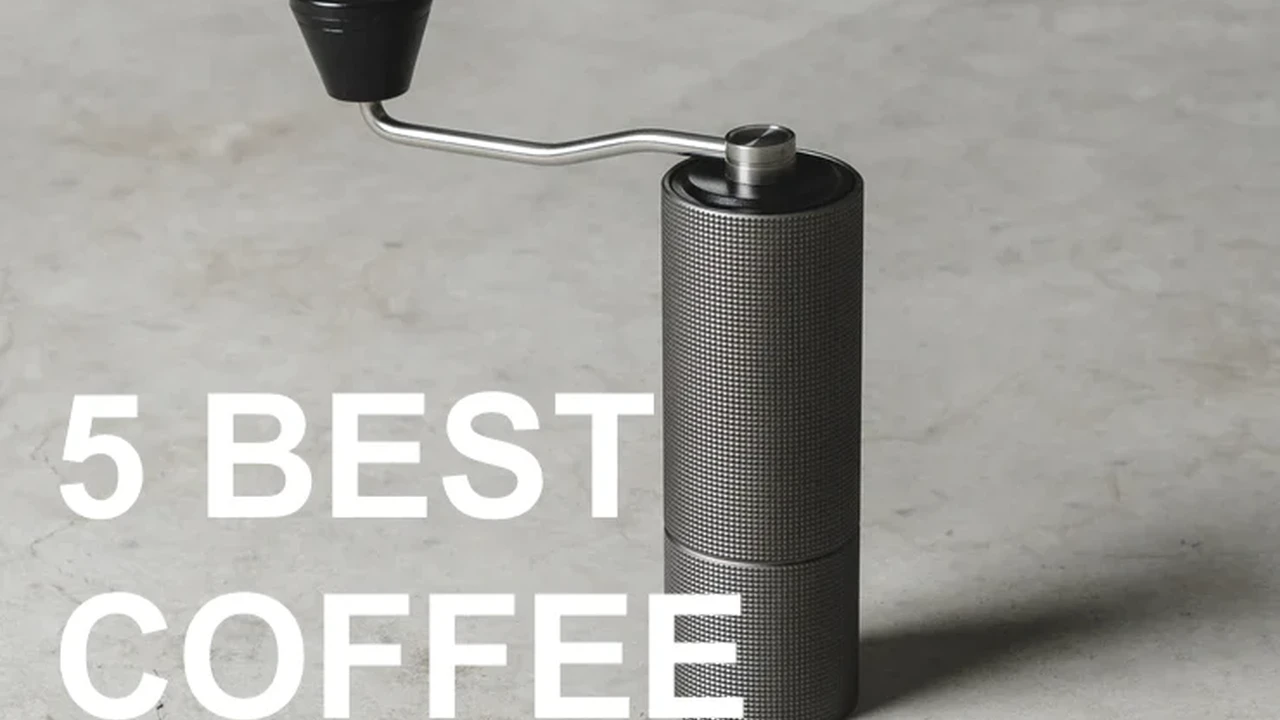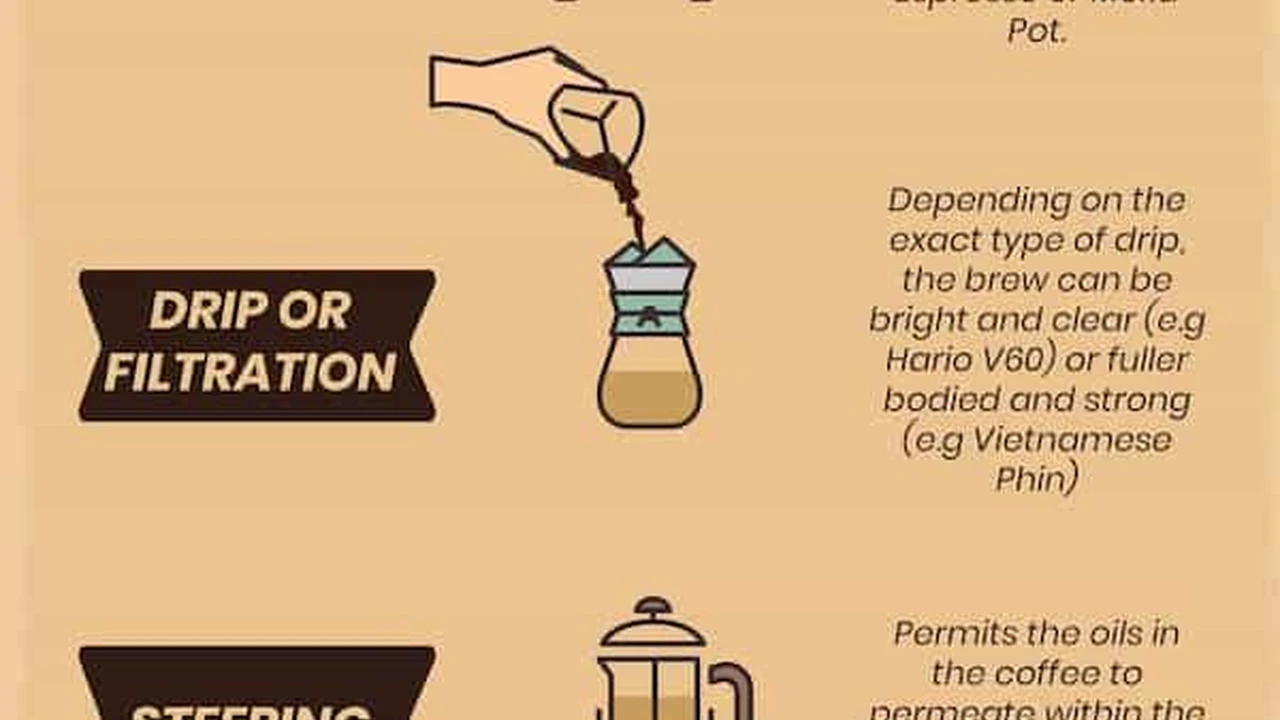5 Must Have Accessories for Your Espresso Machine
Enhance your espresso brewing experience with these essential accessories. From tampers to knock boxes, elevate your home cafe setup.

Enhance your espresso brewing experience with these essential accessories. From tampers to knock boxes, elevate your home cafe setup.
5 Must Have Accessories for Your Espresso Machine
So, you've got your shiny new espresso machine, maybe it's a sleek Breville Barista Express or a robust Gaggia Classic Pro. That's fantastic! But here's a little secret: an espresso machine, no matter how good, is only part of the equation for truly great coffee. To really dial in your shots, achieve consistency, and make your home barista journey smoother and more enjoyable, you're going to need some key accessories. Think of them as the supporting cast that helps your espresso machine shine. We're not talking about fancy, obscure gadgets here, but rather practical tools that make a tangible difference in your daily brewing routine. Let's dive into the five absolute must-have accessories that will elevate your home cafe setup.
The Essential Espresso Tamper Upgrade Your Tamping Game
When you first unbox your espresso machine, it likely comes with a plastic tamper. While it gets the job done in a pinch, it's often lightweight, flimsy, and doesn't provide the consistent, even pressure needed for optimal extraction. This is where a quality tamper comes in. A good tamper is heavy, fits snugly into your portafilter basket, and allows you to apply consistent, level pressure to your coffee grounds. Why is this so important? Uneven tamping creates channels in the coffee bed, leading to uneven extraction, sour shots, or weak coffee. A solid tamper ensures a uniform puck, promoting even water flow and a balanced, delicious espresso.
Recommended Tampers for Precision and Durability
- Normcore V4 Spring Loaded Tamper: This tamper is a game-changer for consistency. It features a spring-loaded mechanism that ensures you apply the same pressure every time, eliminating guesswork. It's available in various sizes (53.3mm, 58.5mm, etc.) to fit most portafilters. The build quality is excellent, often featuring stainless steel bases and comfortable handles. Prices typically range from $60 to $80. It's perfect for beginners and experienced baristas alike who want to remove tamping variability from their routine.
- Motta Professional Tamper: A classic choice, the Motta tamper is known for its robust construction and ergonomic design. Made in Italy, it's a favorite among professionals. It's a non-spring-loaded tamper, meaning you rely on your own feel for pressure, but its weight and balance make it easy to achieve a consistent tamp once you get the hang of it. Expect to pay around $40 to $60. This is a great option if you prefer a more traditional feel and want a tamper that will last a lifetime.
- Rattleware 58mm Tamper: A popular and affordable option, Rattleware tampers offer good value. They are well-built with a comfortable handle and a flat base. While not as heavy as some premium options, they are a significant upgrade from plastic tampers. Prices are usually in the $25 to $40 range. Ideal for those on a tighter budget who still want a noticeable improvement in their tamping.
Usage Scenario: Every single time you pull a shot! After grinding your coffee into the portafilter, distribute it evenly, then use your tamper to compress the grounds firmly and levelly. Aim for a consistent, even tamp across the entire surface of the coffee bed.
The Indispensable Knock Box Keep Your Workspace Clean
After you've pulled that perfect shot, what do you do with the spent coffee puck? You need a knock box! Trying to bang your portafilter against the side of your trash can is messy, noisy, and can damage your portafilter. A knock box is specifically designed to absorb the impact of knocking out the puck, making cleanup quick, clean, and efficient. It typically features a sturdy bar covered in rubber or silicone to protect your portafilter and reduce noise.
Top Knock Box Picks for Durability and Convenience
- Dreamfarm Grindenstein Knock Box: This compact and stylish knock box is perfect for smaller spaces. It's incredibly durable, easy to clean, and the rubber bar provides excellent shock absorption. It comes in various colors to match your kitchen aesthetic. Prices are usually around $20 to $30. Great for home baristas with limited counter space.
- Rattleware Commercial Knock Box: If you're looking for something more robust and with a larger capacity, the Rattleware commercial knock box is a solid choice. It's often made of stainless steel and designed to withstand heavy use. While larger, it's incredibly stable and easy to clean. Expect to pay around $50 to $70. Ideal for those who pull many shots throughout the day or have a dedicated coffee station.
- Breville Knock Box Mini: Designed to complement Breville machines, this knock box is compact and features a removable inner vessel for easy cleaning. It's well-built and fits neatly next to most espresso machines. Prices are typically around $25 to $35. A good choice if you own a Breville machine and want a matching accessory.
Usage Scenario: Immediately after pulling a shot. Hold your portafilter firmly and give the handle a sharp tap against the rubber bar of the knock box. The coffee puck should pop right out, ready for composting or disposal.
Precision Coffee Scale Consistency is Key
This might seem like an extra step, but trust me, a good coffee scale is absolutely crucial for consistency in espresso. Why? Because coffee brewing is a science, and precise measurements are paramount. Weighing your coffee beans before grinding (dose) and weighing your espresso shot as it extracts (yield) allows you to replicate great shots and troubleshoot bad ones. Eyeballing it leads to wildly inconsistent results. A scale helps you control your variables, leading to better, more repeatable espresso.
Recommended Scales for Espresso Accuracy
- Hario V60 Drip Scale: While often associated with pour-over, this scale is fantastic for espresso. It's compact, has a built-in timer (super useful for tracking extraction time), and is highly accurate (0.1g increments). It's durable and easy to clean. Prices range from $50 to $70. A versatile scale that's great for all brewing methods.
- Timemore Black Mirror Basic Plus Scale: This scale is a favorite among coffee enthusiasts for its sleek design, fast response time, and excellent accuracy. It also features a built-in timer and a rechargeable battery. It's slightly more premium but offers a fantastic user experience. Expect to pay around $60 to $80. A great investment for serious home baristas.
- Acaia Lunar Espresso Scale: If you're serious about espresso and want the best of the best, the Acaia Lunar is the gold standard. It's incredibly precise, water-resistant, and features a super-fast response time. It also connects to a mobile app for advanced tracking. Be prepared for a premium price tag, usually $250 to $300+. This is for the enthusiast who wants ultimate control and data.
Usage Scenario: Before grinding, weigh your whole beans to ensure you have the correct dose (e.g., 18g for a double shot). Then, place your cup on the scale under the portafilter and tare it. Start your shot and stop it when you reach your desired yield (e.g., 36g for a 1:2 ratio). This allows you to precisely control your brew ratio.
Milk Pitcher for Steaming and Latte Art
If you enjoy milk-based drinks like lattes, cappuccinos, or flat whites, a good milk pitcher is non-negotiable. The pitcher's shape, spout design, and material all play a role in achieving perfectly steamed milk with that silky microfoam texture. A well-designed spout is also essential for pouring beautiful latte art. Don't just grab any old jug; invest in one designed for steaming.
Best Milk Pitchers for Perfect Microfoam and Latte Art
- BaristaSpace Milk Pitcher: These pitchers are highly regarded for their precise spouts, which make pouring latte art much easier. They come in various sizes (350ml, 600ml) and colors, often made from high-quality stainless steel. Prices typically range from $25 to $40. Excellent for those focusing on latte art.
- Motta Europa Milk Pitcher: Another Italian classic, the Motta Europa pitcher is known for its robust build and excellent heat retention. The spout is versatile, allowing for both basic and more intricate latte art designs. It's a workhorse pitcher that will last for years. Expect to pay around $30 to $50. A reliable choice for consistent milk steaming.
- Fellow Eddy Milk Pitcher: This pitcher stands out with its unique fluted spout and ergonomic handle, designed for precise pouring and comfortable grip. It also features an integrated thermometer strip, which is super handy for hitting the perfect milk temperature. Prices are usually around $35 to $50. Great for those who want a modern design with thoughtful features.
Usage Scenario: Fill the pitcher with cold milk (dairy or non-dairy) to just below the spout. Purge your steam wand, then insert it into the milk, creating a whirlpool effect to incorporate air and then heat the milk. Once the milk reaches the desired temperature and texture, swirl it gently to integrate the microfoam, then pour into your espresso for a delicious milk drink or latte art.
Distribution Tool or WDT Tool Even Out Your Grounds
This accessory might seem a bit niche, but it can make a huge difference, especially with certain grinders or coffee beans. A distribution tool (like a WDT tool, or Weiss Distribution Technique) helps break up clumps in your ground coffee and evenly distribute the grounds in the portafilter basket before tamping. Why is this important? Clumps and uneven distribution lead to channeling, where water finds the path of least resistance through the coffee bed, resulting in underextracted, sour, or weak espresso. A distribution tool ensures a more uniform density, promoting even extraction.
Effective Distribution Tools for Channeling Prevention
- WDT Tool with Fine Needles: These tools typically consist of a handle with several very thin, sharp needles. You gently stir the coffee grounds in the portafilter with the needles to break up clumps and distribute them evenly. Many affordable options are available online, often ranging from $10 to $30. Look for one with thin needles (0.3mm or 0.4mm) for best results. Essential for preventing channeling.
- Spinning Distribution Tool (e.g., Jack Leveler): These tools sit on top of the portafilter and have blades or fins that spin to level and distribute the coffee grounds. They are often quicker to use than a WDT tool but might not be as effective at breaking up deep clumps. Prices vary widely, from $20 to $80 depending on the brand and build quality. Good for quick leveling.
- DIY WDT Tool: You can easily make your own WDT tool using a cork and some acupuncture needles or straightened paper clips. This is a super budget-friendly option that works surprisingly well. Cost: under $5.
Usage Scenario: After grinding your coffee into the portafilter, use your WDT tool to gently stir and rake through the grounds, ensuring they are evenly distributed and any clumps are broken up. Then, lightly tap the portafilter on the counter to settle the grounds before tamping. This step is particularly beneficial if your grinder tends to produce clumpy grounds.
Investing in these five accessories will significantly improve your espresso brewing consistency, quality, and overall enjoyment. They might seem like small additions, but their impact on your daily coffee ritual is huge. Happy brewing!
:max_bytes(150000):strip_icc()/277019-baked-pork-chops-with-cream-of-mushroom-soup-DDMFS-beauty-4x3-BG-7505-5762b731cf30447d9cbbbbbf387beafa.jpg)






